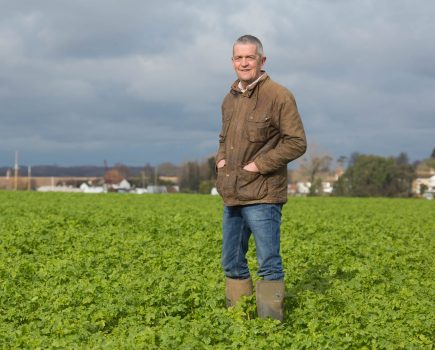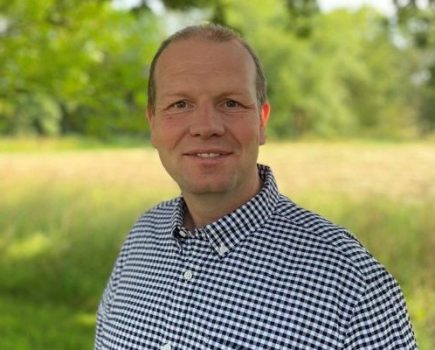Loo king back on the content of this issue, there’s a theme running through the technical and roots sections. Small adjustments can make large differences when it comes to marketable yield and profitability. It’s all about that well used phrase ‘attention to detail’.
king back on the content of this issue, there’s a theme running through the technical and roots sections. Small adjustments can make large differences when it comes to marketable yield and profitability. It’s all about that well used phrase ‘attention to detail’.
To this effect, YEN is a brilliant initiative. For a very modest entry fee, or even a free one if you can twist the arm of a sponsor, you get a range of baseline tests and an estimate of your crop’s yield potential.
But what you may not know about YEN is that it’s not just about a competition. In fact, that’s probably the least important element. Most interestingly you become part of the network. That means discussing with other growers what they’re doing but in a scientific way. There are researchers to quiz, assist and help interpret but all with the practical twist that can sometimes be missing in pure research projects.
YEN provides the structure for a challenge to your own farming approach and a way of benchmarking against other farmers in similar situations as well as the truly innovative farms that can’t help but push the boundaries. It’s educational in both directions – researcher to grower and grower to researcher – now that’s a very valuable link between academia and real-life growing situations.

There’s no knowing how big the results may be from making small changes.
On the subject of YEN, if anyone is interested in earthworms as an indicator of their soil health, then following Jackie Stroud on Twitter (@wormscience) is a must. She brings an infectious enthusiasm to worm-hunting that’s hard to ignore and she’s a mine of information on these vital wrigglers, so important in our soils.
But back to more current issues, it seems that timing T1 and T2 applications is precisely an area where such small improvements may still be made, and is probably every bit as important as the fungicide you put on. It’s never an easy job to get around the wheat acreage and hit every field spot on, especially when the weather intervenes. But prioritising fields can help.
Forwardness of crops is generally dictated by time of drilling and varietal earliness. And then there’s the disease susceptibility of varieties to take into account, with the more resistant varieties having a wider window when it comes to timings.
Obviously on a practical level, sprayer movements need to be efficient so blocking varieties is a helpful tactic. It’s a useful way of making sure neighbouring fields are at a similar growth stage when it comes to fungicide application.
But when is the best timing? Back in the day, I was still a jobbing agronomist when strobilurins first came on the market and reset the goal posts in terms of yield response. I remember wondering whether we were using this new chemistry in the right way by applying at the timings we’d always targeted. I still wonder the same today, especially as all the currently available fungicides really need to be applied in a preventative capacity as the primary aim, for both efficacy and resistance-management reasons.
Undeniably keeping the top three leaves clean is crucial in maintaining yield potential – that’s well proven. But maybe we should be getting cleverer about the way we use fungicides? Perhaps we should be looking more at the biokinetic profiles of different active ingredients and knowing how quickly they get into the leaf, how far and fast they move within the leaf and more general systemicity to new growth.
Perhaps then with the right choice of products we could shift the T2 slightly earlier to GS37, as the flag leaf just emerges, with a top-up at T3. But then Bill Clark says T2 is a compromise, so I may be overcomplicating the issue. But I do believe that understanding how different actives move, even within fungicide groups, is fairly fundamental to getting good disease control.
As technology improves and in-field monitoring and forecasting becomes more available for septoria, I suspect that greater attention will be paid to getting fungicide timings in wheat spot on to stay one step ahead of disease development and not solely on the growth stage of the crop.
So we’re back to attention to small details adding up to make large differences when it comes to the potential yield of crops.




